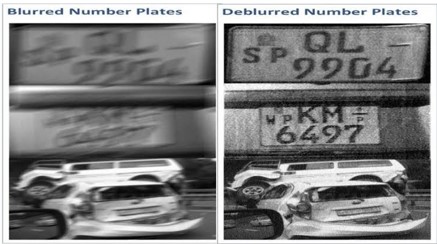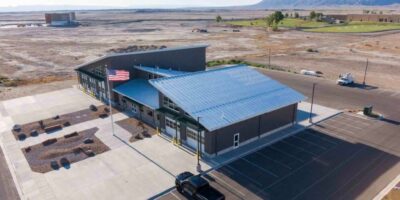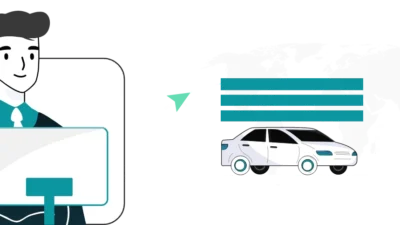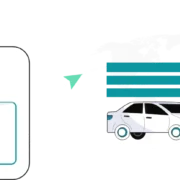Today, cameras capture Images that provide a true portrayal of the initially viewed situation .Every captured image, nevertheless, is somewhat hazy. Therefore, image deblurring is essential for creating sharp, practical images. The original, sharp image is recovered during image deblur using a mathematical model of the blurring process. One major problem here is that while some of the lost details are present in the blurred image, they are hidden and can only be recovered with the help of information about the blurring process.
Types of Blur in Forensics
Two types of blur are typically recognized as the primary causes of an image’s motion blur. These include;
- Motion Blur
- Out-of-focus blur.
Motion blur can occur for a variety of causes, including camera movement during scene capture and object movement during the image capture process.
Additionally, because a camera sensor naturally gathers incoming light over time, motion blur brought on by a relative motion between a camera and a scene is unavoidable.
There are numerous other causes of out-of-focus blur, including lens defocusing and lens focusing mistake. The fuzz in the forensic photos is a result of the latter problems. When an image has multiple types of blur, which most photographs do, that’s when things get tricky.
Various blur types that appear in different regions of a single image or on top of one another cannot be resolved by current deblurring technologies. For instance, if a moving car is captured in a picture and the camera was shaky during the image acquisition, the motion of the car will generate blur, and the entire image may also have some blur.
In addition, the algorithms may incorrectly classify certain portions of an image as blurry and add artifacts to the deblur process that make it appear worse if the image has other problems, such as the noise that you frequently get from camera phones or if it was taken in low light.
How Can I Deblur Images?
Images are deblurred using two different sorts of techniques in forensic image enhancement. These techniques are known as;
- Blind deconvolution procedures
- Non-blind deconvolution procedures
A method known as blind deconvolution recovers the desired picture from a single or a collection of blurred photos where the kind of point spread function (PSF) is unknown. The PSF is estimated from the image or group of images for blind deconvolution, enabling the deconvolution to be carried out.
As opposed to this, non-blind deconvolution involves predicting the latent picture from a blurred image using a known PSF, such as a motion PSF or a Gaussian PSF. Both blind and non-blind deconvolution techniques can be applied either non-repeatedly, where one application of the algorithm, based on outside information, or iteratively, where each iteration improves the estimation of the PSF and the scene.
Bet Forensic Image deblurring Application to Use

The forensic experts deblur the acquired photographs caused by motion or out-of-focus blur using several software out of which Cognitech image investigator stands tall.
The first forensic video processing software suite was first made available in mid-1990, and this is its most recent major update. There is essentially nothing that cannot be done in terms of forensic video upgrades thanks to the incorporation of over 40 plugins.
Deblurring, denoising, automatically tracking, reconstructing, mosaicing, stabilizing moving images, changing intensity levels, brightness, and colors, converting into any other popular file format (avi, mpeg, tiff, jpeg, etc.), measuring suspects, motion tracking, velocity computations, frame fusion, and frame averaging, obscuring and highlighting faces and license plates, getting component information, automated logging, scene descriptions, and capturing video scenes are all possible with Cognitech video investigator.




















Comments